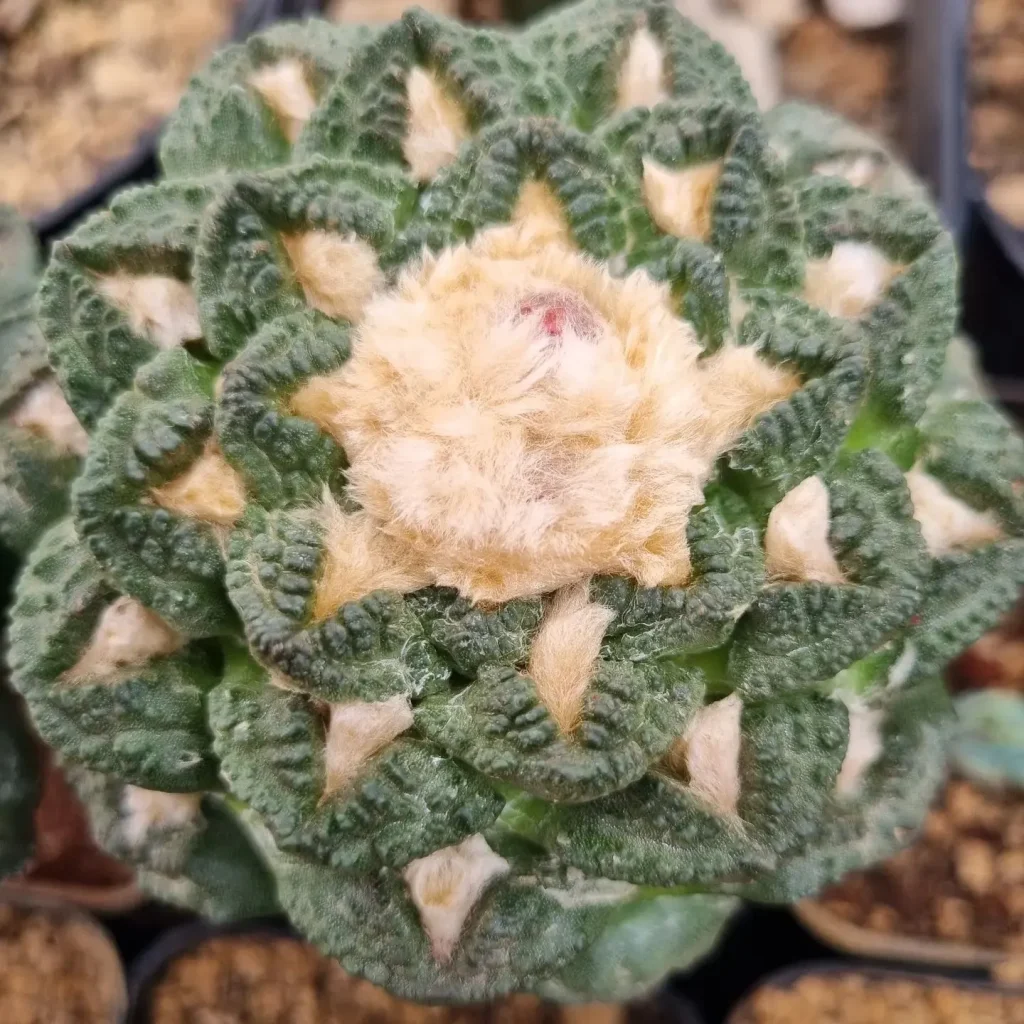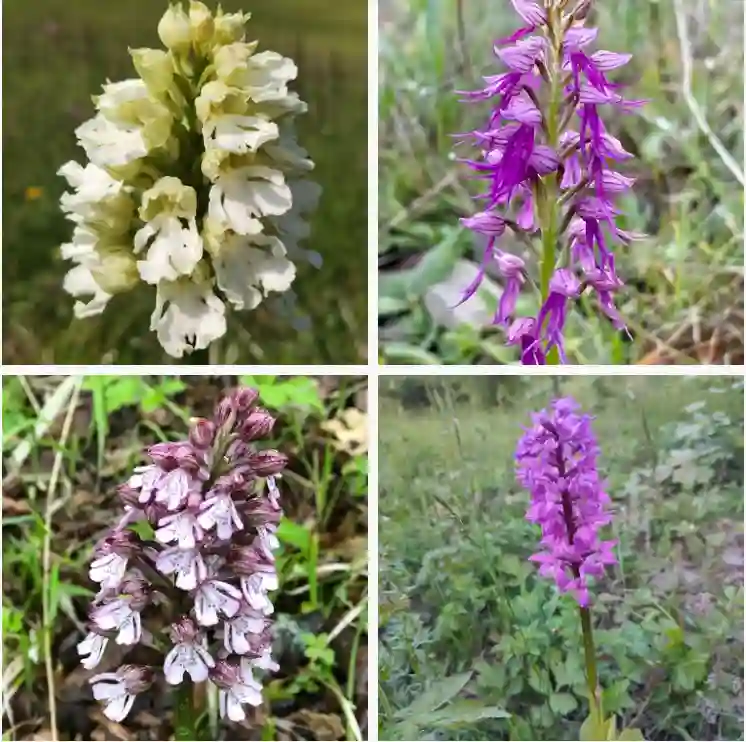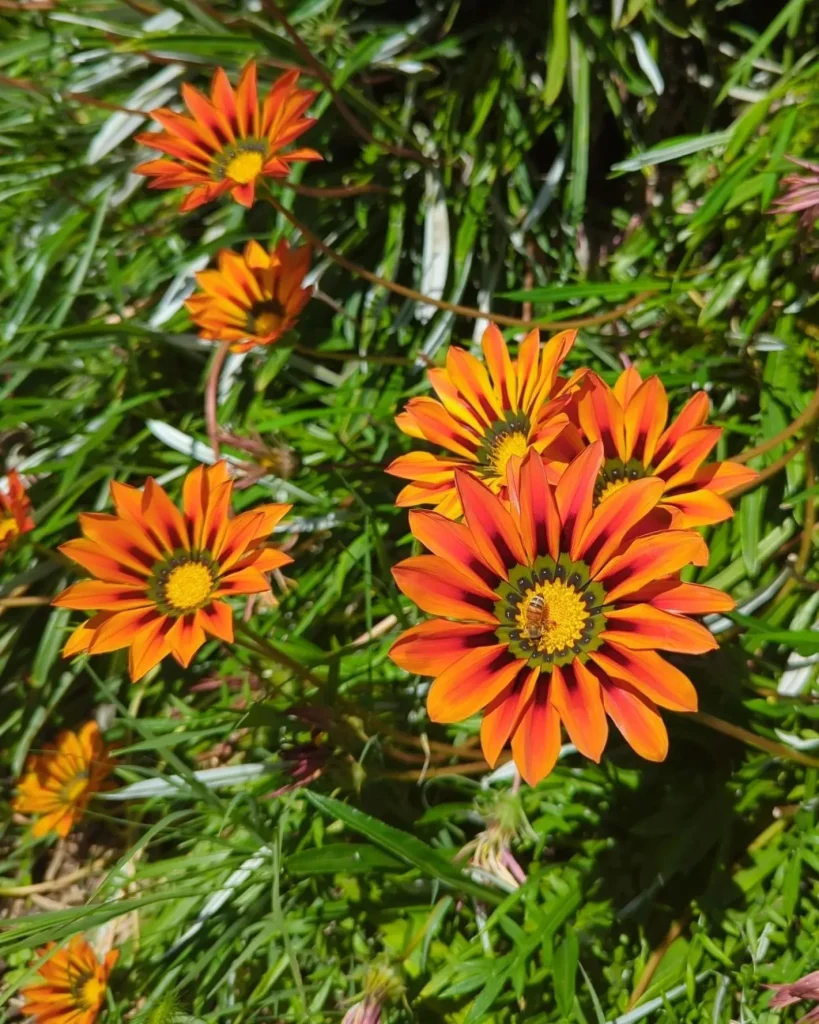The Phoenix Palms: Resilient Beauties of the Arid World
The desert wind whipped through the palm fronds, creating a rustling symphony that echoed across the barren landscape. Standing tall and proud against the harsh sun, a Phoenix palm swayed gently, its feathery leaves shimmering like emeralds in the midday heat. This majestic tree, a symbol of resilience and survival, has captivated me since I was a child. The Phoenix genus, with its diverse array of species, has adapted to thrive in some of the most challenging environments on Earth, from arid deserts to swampy wetlands.
A Diverse Genus with a Shared Heritage
The Phoenix genus belongs to the Arecaceae family, commonly known as the palm family. These palms are characterized by their pinnate leaves, which consist of numerous leaflets arranged along a central axis, resembling a feather. This unique leaf structure is a testament to their evolutionary journey, allowing them to efficiently capture sunlight and withstand strong winds.
The genus boasts around 13 distinct species, each with its own unique characteristics and adaptations. Some of the most well-known species include:
- Phoenix dactylifera (Date Palm): Perhaps the most recognizable member of the genus, the date palm is renowned for its sweet, fleshy fruits that have been a staple food source in the Middle East and North Africa for millennia. Plant FAQs: Date Palm – Phoenix Dactylifera
- Phoenix canariensis (Canary Island Date Palm): Native to the Canary Islands, this majestic palm is a popular ornamental tree, admired for its imposing size and graceful crown of arching leaves.
- Phoenix sylvestris (Silver Date Palm): This Indian native is a valuable source of sugar, obtained from its sap. It is also cultivated for its edible fruits, although they are not as sweet as those of the date palm.
- Phoenix roebelenii (Pygmy Date Palm): A popular choice for indoor cultivation, this dwarf palm is prized for its compact size and elegant foliage.
- Phoenix acaulis Roxb.
- Phoenix atlantica A.Chev.
- Phoenix caespitosa Chiov.
- Phoenix loureiroi Kunth
- Phoenix paludosa Roxb.
- Phoenix pusilla Gaertn.
- Phoenix reclinata Jacq.
- Phoenix rupicola T.Anderson
- Phoenix theophrasti Greuter
These are just a few examples of the remarkable diversity within the Phoenix genus. Other notable species include Phoenix reclinata (Senegal Date Palm), Phoenix rupicola (Cliff Date Palm), and Phoenix theophrasti (Cretan Date Palm), each contributing to the rich tapestry of this fascinating group of plants.
Adaptations for Survival
The success of Phoenix palms in diverse environments can be attributed to their remarkable adaptations. Their deep root systems allow them to access water sources deep underground, while their waxy leaves minimize water loss through transpiration. In addition, their ability to tolerate high levels of salinity makes them well-suited to coastal regions and arid landscapes.
One particularly fascinating adaptation is the presence of spines or sharp edges on the petioles (leaf stalks) of some species. These serve as a deterrent to herbivores, protecting the valuable leaves from being consumed. The resilience of Phoenix palms is further demonstrated by their ability to regenerate from damage. Even if the trunk is injured, the palm can often recover by producing new shoots from its base.
Cultural and Economic Significance
Phoenix palms have played a significant role in human societies for centuries. The date palm, in particular, has been a cornerstone of agriculture in arid regions, providing a vital source of food, fuel, and building materials. Its fruits have been enjoyed fresh, dried, or processed into various products such as syrup, vinegar, and alcohol. The leaves of Phoenix palms are also used for weaving baskets, mats, and other handicrafts, while the trunks can be used for construction or as a source of fuel.
Beyond their practical uses, Phoenix palms hold cultural and religious significance in many societies. In ancient Egypt, the palm was a symbol of immortality and resurrection, often depicted in hieroglyphics and tomb paintings. In Christianity, palm branches are associated with Palm Sunday, commemorating Jesus’ triumphant entry into Jerusalem.
Conservation Challenges and Future Prospects
Despite their resilience, Phoenix palms face a number of threats, including habitat loss, overexploitation, and the introduction of invasive species. Climate change is also posing a challenge, with rising temperatures and altered precipitation patterns potentially affecting their distribution and survival.
Conservation efforts are underway to protect and preserve these valuable plants. Seed banks and botanical gardens are playing a crucial role in conserving genetic diversity, while research is being conducted to better understand their biology and ecology. Sustainable harvesting practices and responsible tourism can also help ensure the long-term survival of Phoenix palms.
As I gaze at the Phoenix palm swaying in the breeze, I am filled with a sense of awe and admiration. This remarkable plant, a symbol of resilience and adaptability, has much to teach us about survival in a changing world. By understanding and appreciating its unique qualities, we can help ensure that future generations continue to benefit from its beauty and bounty.
If i die, water my plants!



